Are you wondering how to stop wine fermentation?
Fermentation is a part we often hear about in the winemaking process. On the other hand, terminating it is a topic rarely touched on. Despite that, it is a process that is undoubtedly possible.
Today, allow us to answer your question, and while we are at it, delve deep into this rarely talked about topic.
We have lots to talk about today, so let us jump right into it!
What Is the Wine Fermentation Process?
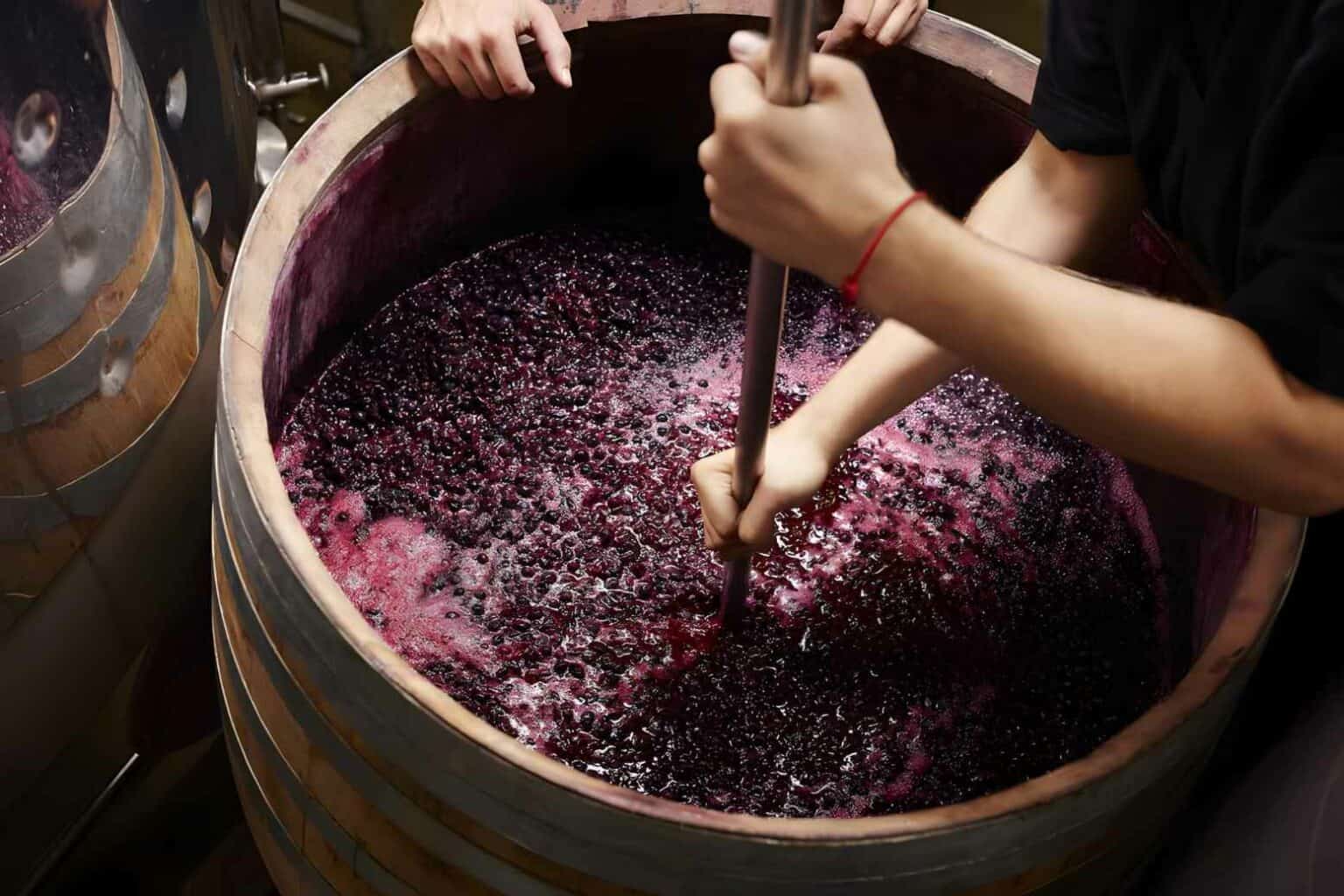
Before we talk about how to stop wine fermentation, let’s quickly talk about wine fermentation.
Simply put, this process is the part where the grape turns into wine. In a broader sense, it is a chemical process where yeasts turn sugar into alcohol and carbon dioxide.
As we have said above, we often hear about this process. On the other hand, we don’t often hear about its termination. That is because it is not part of the natural flow of things. This process can naturally stop on its own.
It might not be part of the natural flow, but it is possible. Whatever your reason for wanting to stop the fermentation process of your wine, one or two of the methods below will likely do the trick.
5 Ways to Stop Wine Fermentation
Wine fermentation is a tricky process to manipulate once it starts. With that, keep in mind that there is no one-size-fits-all process to control or stop it. Each one of the methods we will show you will have ups and downs. Finding the one for you is about figuring out what ups you want and what downs you’re willing to work with.
With that, let’s get to the first method!
1. Rack the Wine
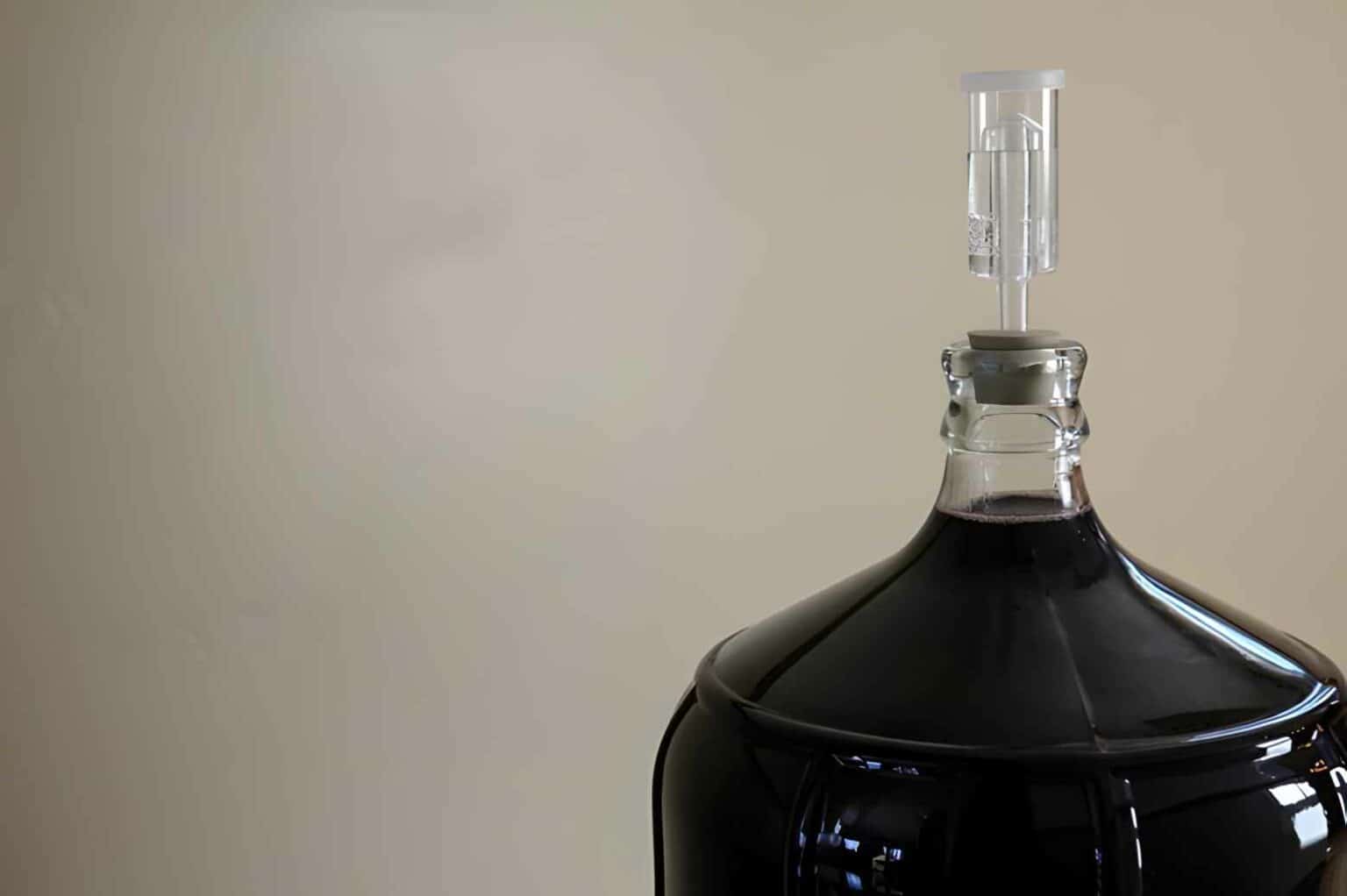
Simply put, racking is moving or transferring the wine from one container to another. Here, what you would be trying to do is to get rid of the sediments out of the wine. It is in hopes of removing the yeasts too, and therefore, terminating the fermentation process.
As you can see, the upside of this method is it is simple and easy. However, its downside is that it is not that effective. Still, do not cross it out yet. It is not effective on its own. However, it can help increase the success rate when paired with the other ways.
2. Chill the Wine
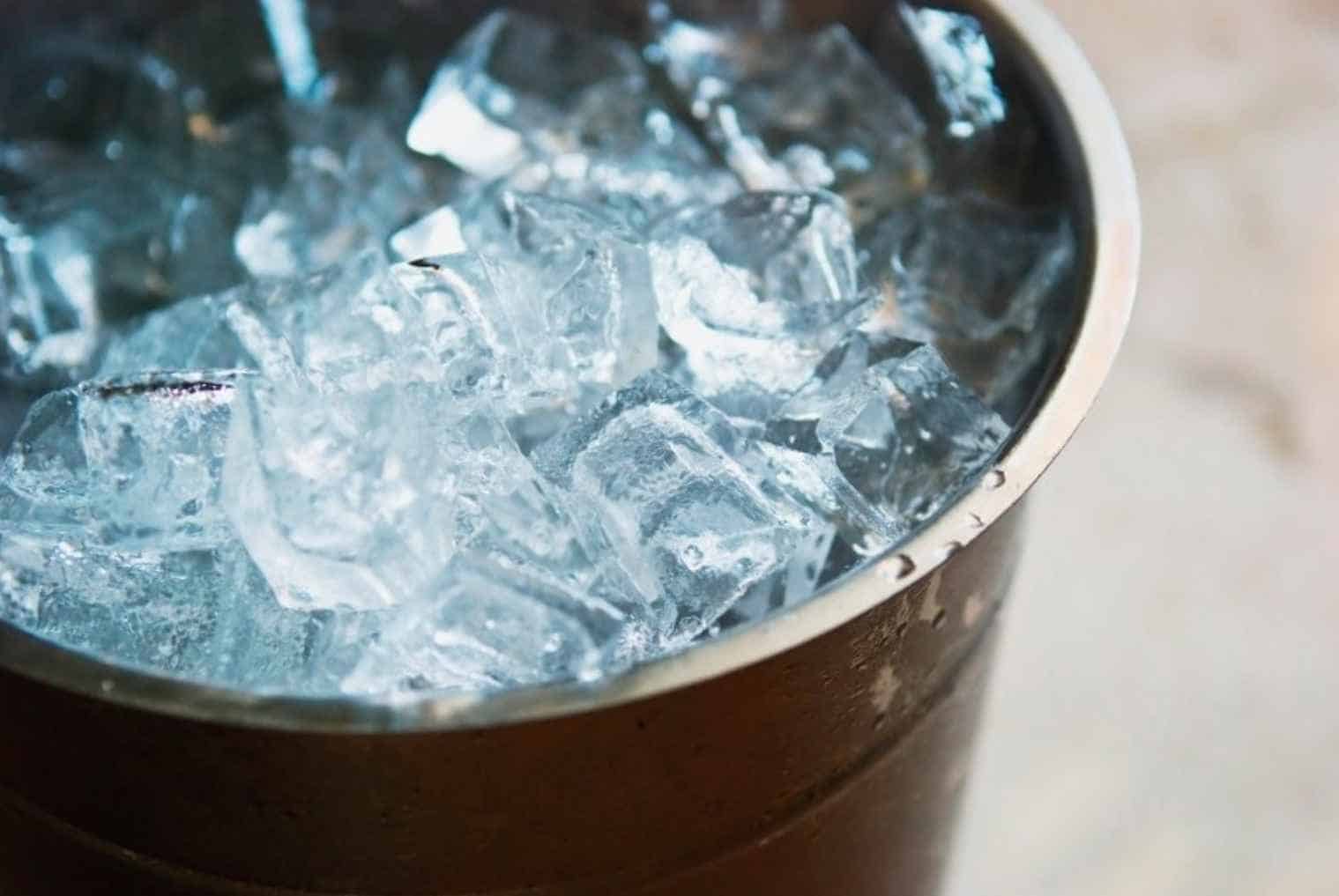
This method is also known as cold shocking.
As the name of this method suggests, you want to cool the wine enough to stop the fermentation process. However, not everyone agrees on how cool cold is here. Some say that going down to 60° F is already enough.
On the other hand, some will tell you to go lower to around 20° F. In general, the lower, the better. However, one thing you want to remember in this method is that the wine should only be cold and not freezing.
As for how long you want to chill the wine, it would depend on the wine. It could be as fast as a day or as long as three weeks. Sometimes, even more!
The upside to this method is that it is doable. More likely than not, you can use your fridge for this method. To add, it will not alter the wine as much as the other methods we will show you in a bit. On the other hand, its downside is that it might or might not work.
There are different types of yeast strains, and some of them are cold resistant. Chilling might only put the yeast to sleep and halt the fermentation process. Once the wine returns to room temperature, the yeast can wake up, and the process might start again.
Chilling will not pair up with every method on this list. However, it can do well with some, for example, the racking method. Once the sediments settle at the bottom, the previous method will be an ideal step to add.
3. Heat the Wine
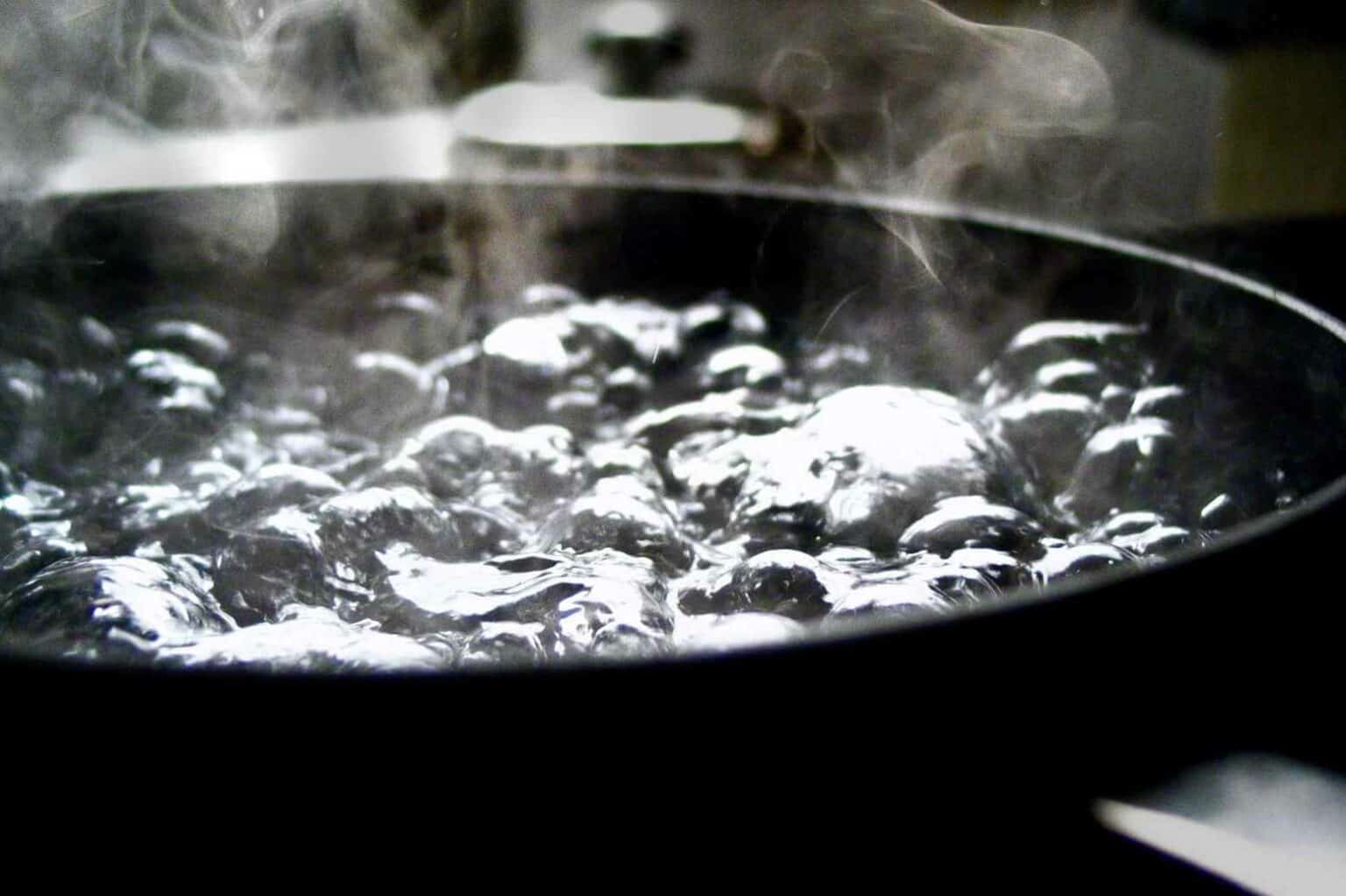
If you are not a fan of the cold, you might want to use some heat instead. We call this method heating the wine. However, it is better known as pasteurization.
Generally, the yeasts in wines usually die at around 140° F. With that, in this method, you want to put the wine under this temperature for approximately 30 minutes. However, as you have seen in the video, you can go higher and, in turn, reduce the time.
The upside of this method is that it is fast and efficient. To add, it will likely not only kill the yeasts. It will probably get other possibly harmful things in the wine too.
On the other hand, it has too many downsides. Many things could go wrong with this method if one is not familiar with it. First and foremost, it will likely alter the wine. To add, you could overheat the wine and ruin it.
On the flip side, you can underheat it and render the whole process useless. These are only a few examples, though. There are more. As you can see, this one is pretty tricky and risky. With that, unless you are familiar with this method, we do not recommend it.
4. Add Alcohol to the Wine
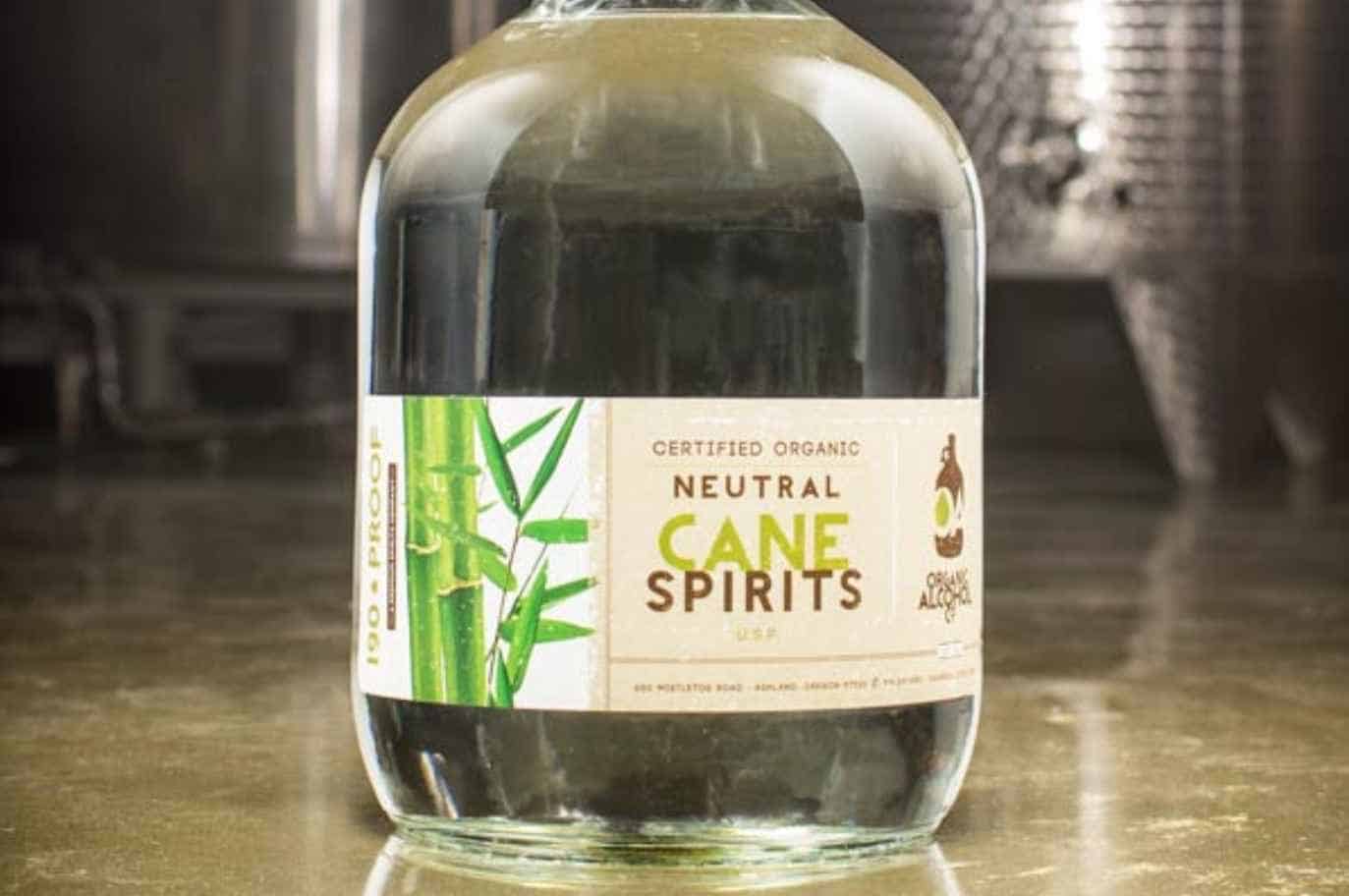
This method is also known as fortifying. It is one of the crowd favorites for this task.
As we have said earlier, yeast turns sugar into alcohol and carbon dioxide. It doesn’t naturally make alcohol, though. It only does so when it has no choice. That is when it’s starved of oxygen. Here, what it is trying to do is kill off its competition.
However, one could say it is a desperate move because, at some point, it will make enough alcohol to kill itself. Now, that is why we can use alcohol to stop the fermentation process. One can add it to hasten the death of the yeasts.
The amount of alcohol one should add will depend on the wine. However, 18% alcohol can already be toxic to yeasts.
The upside of this method is that it has proven its effectiveness time and time again. To add, it is also simple and easy. However, as we have said above, no method is perfect. The downside of this method is that it will undoubtedly alter the wine.
5. Add Chemical Compounds to the Wine
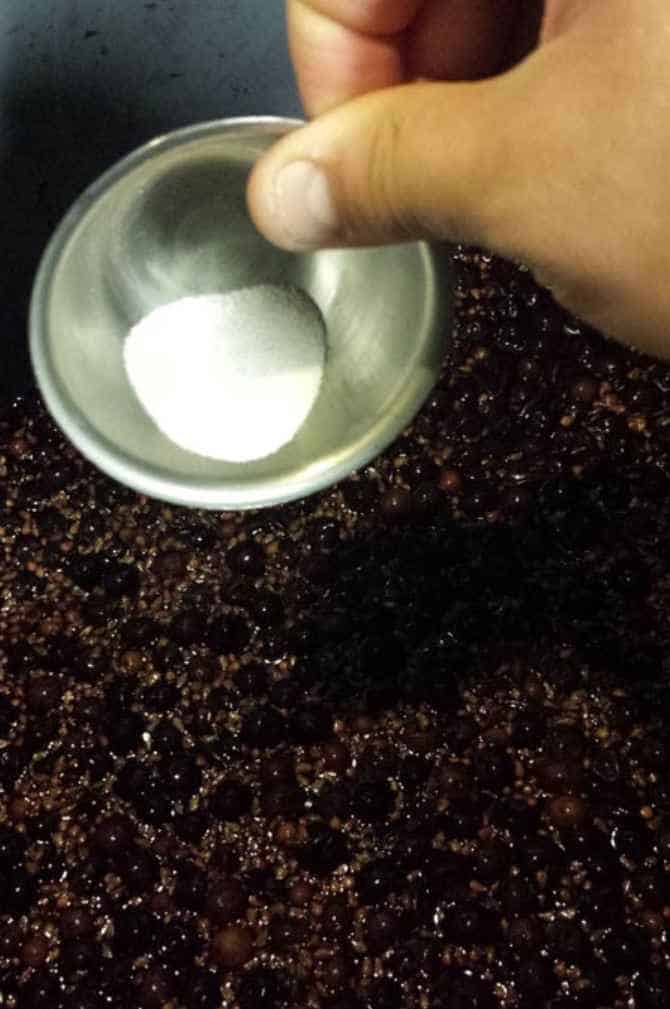
When it comes to talks about stopping the fermentation process, you will likely hear many chemical compounds entering the conversation. Now, on their own, they might not be that effective for this job. However, when used with other methods, they can help a lot.
Let’s take a look at some of the popular chemical compounds for this task:
- Sulfite. You can add this to the wine, but it will not be effective for all yeast strains. To add, you will likely have to pair it with another method and even another compound.
- Potassium Sorbate. This one does not really kill the yeast. However, it helps lessen the chance a fermentation process you are stopping will begin again.
- Bentonite. Like potassium sorbate, this compound also is not for killing yeasts. However, it can help with the process.
We only gave you an idea about some of the chemical compounds you can use to stop the wine fermentation process. If you decide you want to use a compound on this list or something else, ensure that you read the instructions and never put too much!
It will not only ruin the wine, but since the chemicals we’re talking about, they could be harmful in high amounts!
After Stopping the Wine Fermentation
After you’ve picked a method and have done it, there are still a few things you want to do.
Keep in Mind that No One Method Is Fail-Proof
Keep in mind that no one method is fail-proof. After finishing one of the methods above, you do not want to celebrate just yet. With that, let’s go to the next point.
Keep Watch
Keeping in mind that it is possible the method you’ve chosen might not work for the wine you are making, you want to keep watch. Leave the wine alone for some time while checking on it now and then.
Repeat and Combine Methods
If your first try didn’t work, don’t be afraid to try again. This time, though, you might want to try combining methods. Some methods on the list work best when paired with others.
Summary
Are you still wondering how to stop wine fermentation? We sure hope not! However, if you still can’t pick a method, you might want to check this chart out:
| Method | Upside | Downside |
| Rack the Wine | · Simple
· Easy to Do |
· Not Very Effective |
| Chill the Wine | · Very Doable | · Effectiveness is Not Sure |
| Heat the Wine | · Efficient | · Will Likely Alter the Wine
· Easy to Mess Up |
| Add Alcohol to the Wine | · Undoubtedly Effective | · Will Likely Alter the Wine |
| Add Chemical Compounds to the Wine | · Easy to Find
· Easy to Do |
· Will Likely not Work Alone |
We hope we can help you today. If you have more wine whines, we’re here to help! Come and check out our other talks!

George Moore, co-founder of Wine Flavor Guru, is a charismatic entrepreneur with a rich background in California’s wine industry. Alongside Sylvia, he transformed a Sonoma County vineyard into a source of premium wines. George’s expertise in sourcing exceptional grapes and his approachable style make wine appreciation both accessible and engaging.
